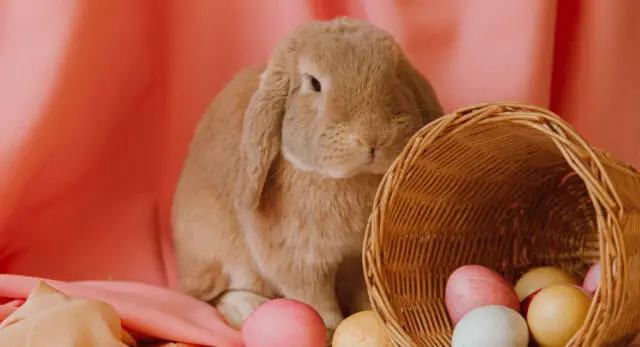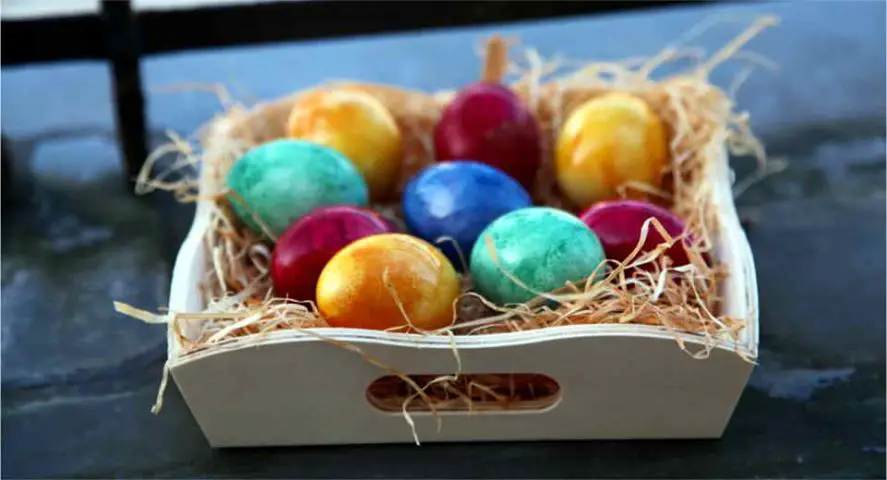
You want your Easter eggs to be free of artificial additives this year, but still colourful? Here are the best tips about dyeing Easter eggs naturally in all the colours of the rainbow!
Dyeing Easter eggs naturally myself has been part of Easter for me since I was a child. It is simply fun – and you can use only natural ingredients. And if you have children, you shouldn’t miss out on it!
But there is still one decision to be made when colouring Easter eggs. Basically there are 3 possibilities:
1. You Take Industrially Ready Easter Egg Colours, e.g. In the Form of Dissolvable Colour Tablets
- Advantages: dyeing is quick and uncomplicated and the colours become intense and radiant.
- Disadvantages: food colourings such as E104, E124, E131 or E122 are not toxic, but can still lead to pseudo-allergic reactions in some people, especially as the colour usually penetrates through the shell into the egg.
2. You Use Ready-Made Commercially Available Organic Paints
- Advantages: Colouring with these is also quite quick, but you don’t need to worry about artificial food colouring.
- Disadvantages: Not available everywhere, the colours are not as intense and also: if you want to dye the Easter eggs naturally, then it is better to use primary ingredients.
3. Dyeing Easter Eggs Naturally With Other Foodstuffs
- Disadvantages: Ok, right away – this method is the most time-consuming. You have to get a different food for each colour and you might have to experiment a bit until you get the colour you want.
- Advantages: This can be a lot of fun! Moreover, it is traditional, ecological and for children it can be really instructive to see how colour can be extracted from one or the other plant.
Tip I: In any case, use eggs from free-range chickens, as these have a more robust shell that absorbs the colour better and lets less of it through to the inside of the egg.
Tip II: Whether you choose white or brown eggs depends on the shade you want. White eggs will naturally be brighter but also more luminous, while brown eggs will give a shade that is both richer and duller.
Tip III: Wash the eggs with vinegar water before you dye them, so they take on the colour even better.
7 Ingredients for Dyeing Easter Eggs Naturally
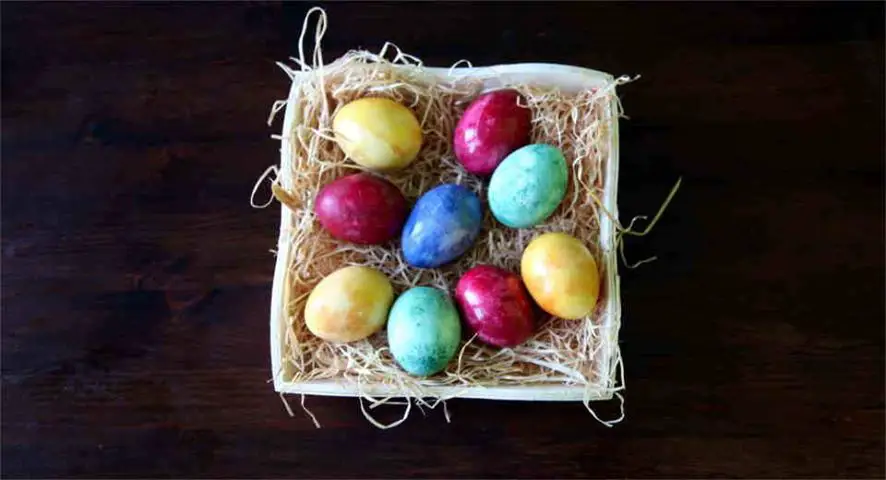
Rubbing them with oil makes the Easter eggs shine really nicely
1. Beetroot
Boil 500 g of beetroot in about 1 l of water for about 30 minutes and pour the water through a sieve into a large bowl. Now squeeze the soft beetroot so that as much liquid as possible ends up in the bowl. Alternatively, you can use ready-cooked beetroot and squeeze it.
In any case, you should let the eggs steep in the colouring liquid for at least 30 minutes, completely covered. The longer, the more intense the reddish colour will be. Especially when dyeing natural Easter eggs, you should leave the eggs in for up to 3 hours.
2. Turmeric
Boil 1 tbsp. ground turmeric with approx. 1.5 l water for 10 minutes, then cover the eggs and leave them to soak for 0.5 – 3 hours. Turmeric turns brown eggs orange, white eggs light yellow.
3. Mate Tea
In this country, mate has long been popular not only as a hipster drink. You can now also get mate in the form of infusion bags or packaged in organic or one-world shops and even in well-stocked supermarkets.
The mate decoction is also ideal for naturally dyeing Easter eggs and has another special feature: if you put the eggs in the hot mate, they turn yellow. If you let the mate tea cool down first and then put the eggs in, they turn a soft lime green.
4. Spinach
Achieving a really intense green with natural ingredients is surprisingly particularly tricky. The food best suited for this is spinach. Boil down 200 to 500 grams of spinach (according to package instructions or recipe) and add the eggs.
Simmer on low heat for about half an hour and then leave to infuse for several hours. White eggs give the best results.
5. Blue Cabbage
Chop half a head of blue cabbage aka red cabbage very finely and soak in about 1 l of cold water. Add the desired amount of eggs and leave to soak overnight. Raw red cabbage gives the eggs a dark blue colour. If you cook the blue cabbage beforehand, the colour will be more purple. In any case, you can still eat the red cabbage afterwards, so don’t throw it away ;-).
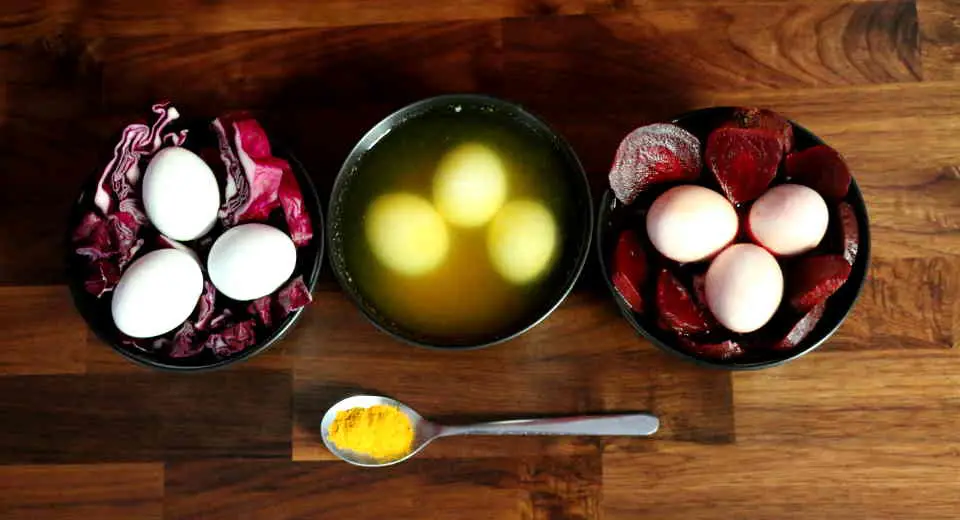
Dyeing Easter eggs naturally with blue cabbage, turmeric and beetroot
6. Blackcurrant nNctar
Boil the raw eggs in redcurrant nectar for 10 min and then leave them in it for at least another 1 hour until they have turned a pale purple colour.
7. Black Tea
Simply boil 3 to 6 tea bags in 1-2 litres of water and boil the eggs in it for 10 minutes. Then let them steep in the brew for at least 30 minutes to give them a rich dark brown colour.
Bonus: 3 Tips for Colour Shades When Dyeing Easter Eggs Naturally
Tip I: To intensify the colour, you can add potash (potassium carbonate) to the colouring brew! For most natural colours, this is even necessary so that they come out well. Alternatively, you can also put an iron nail into the dye solution.
Tip II: Adding vinegar will lighten the colour tone.
Tip III: For the best shine, you can rub the dried Easter eggs with a kitchen towel dabbed in cooking oil.
Good luck with dyeing your Easter eggs naturally! If you’re still looking for a good Easter gift, take a look at our tips for small Easter gifts.
Discover even more practical and creative Easter ideas! From ingenious crafting ideas with instructions to follow to Easter games. You can also browse the leisure ideas portal all year round and find creative ideas for gifts and activities with children, friends and your partner. Check it out!
If you like our page, we’d love your Like on Facebook and Instagram. 😉
*This article contains affiliate links. If someone buys a product through it, we get a small commission.
Similar Posts
Advertisement
Similar Posts
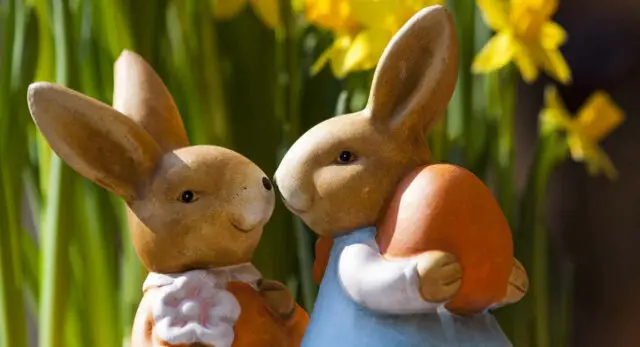
Easter Scavenger Hunt for Kids – 5 Ideas How To Make Easter Egg Hunt an Exciting Adventure
The Easter egg hunt is the real highlight of Easter for children. With a little creativity and preparation, you can turn the search into an unforgettable scavenger hunt!
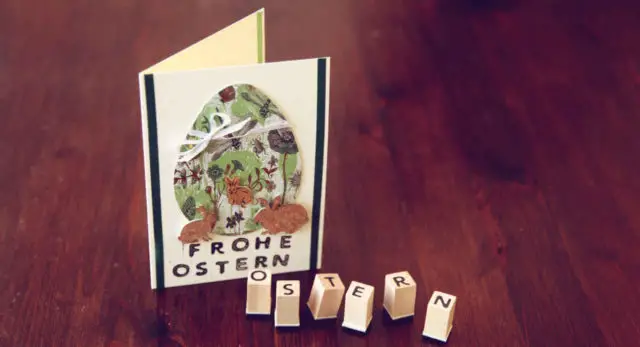
Handmade Easter Card: Superquick and Easy to Make | Tutorial
Cute bunny rabbits, colourful eggs, loving Easter greetings. This is how you can create a tasteful Easter card.
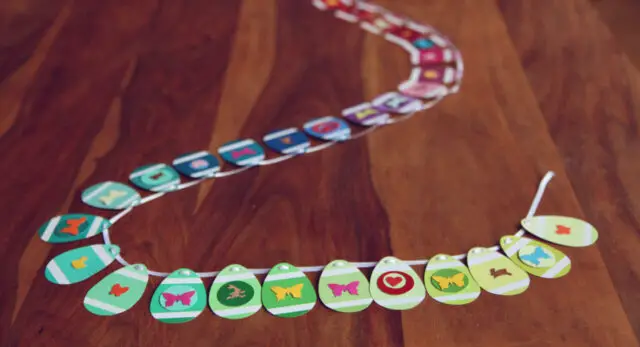
Easter Egg Garland DIY With Colour Cards | Tutorial
This is how to make a super simple upcycling Easter garland with free colour cards from the hardware store.

What Is Celebrated at Easter? This Is What You Should Know About It
Easter, that means chocolate Easter bunny, eggs and Holidays. But what is celebrated at Easter and why is this time so important for many?

Easter Bingo Printable - Free Fun Easter Game for Kids and Family
Children can play Easter bingo alone or the whole family can play together. Our free Easter bingo printable with free bingo cards and all you need to start playing.
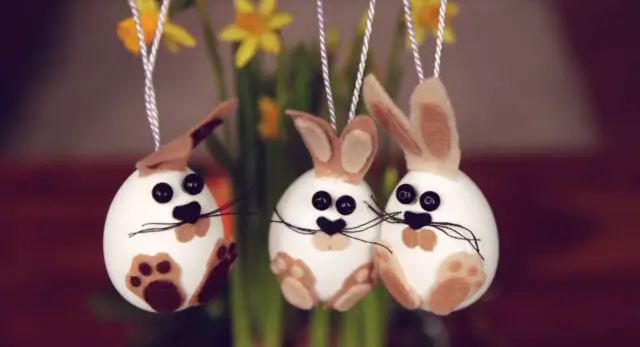
DIY Easter Egg Bunny as a Cute Easter Decoration | Tutorial
Sniffing nose, fluffy tail. Turn an egg into a cute bunny as an Easter decoration with felt. Super quick to make with the printable template!



